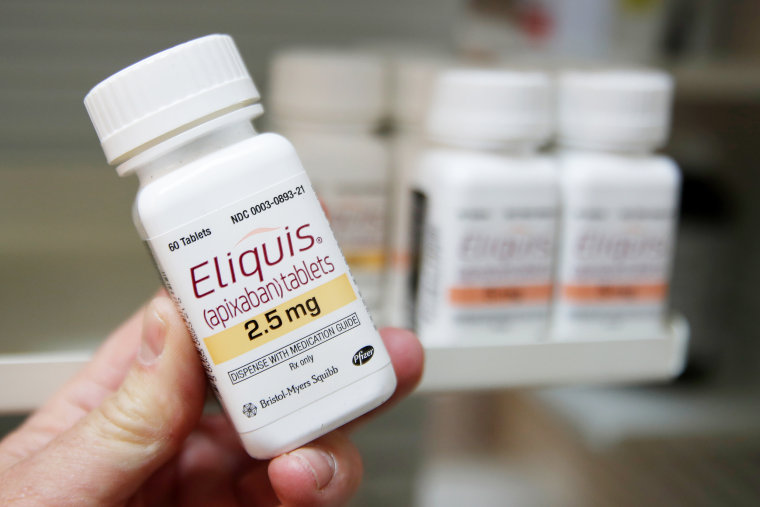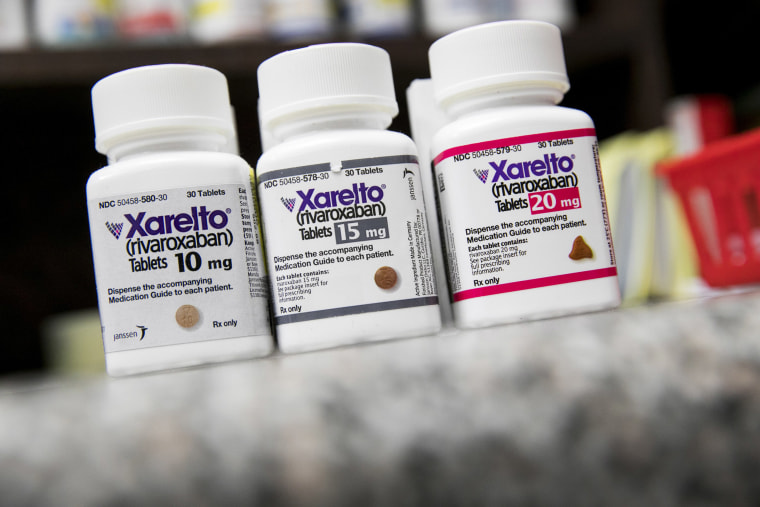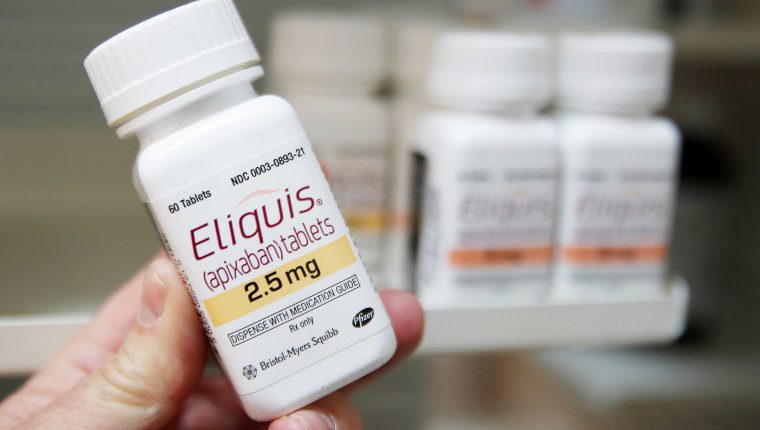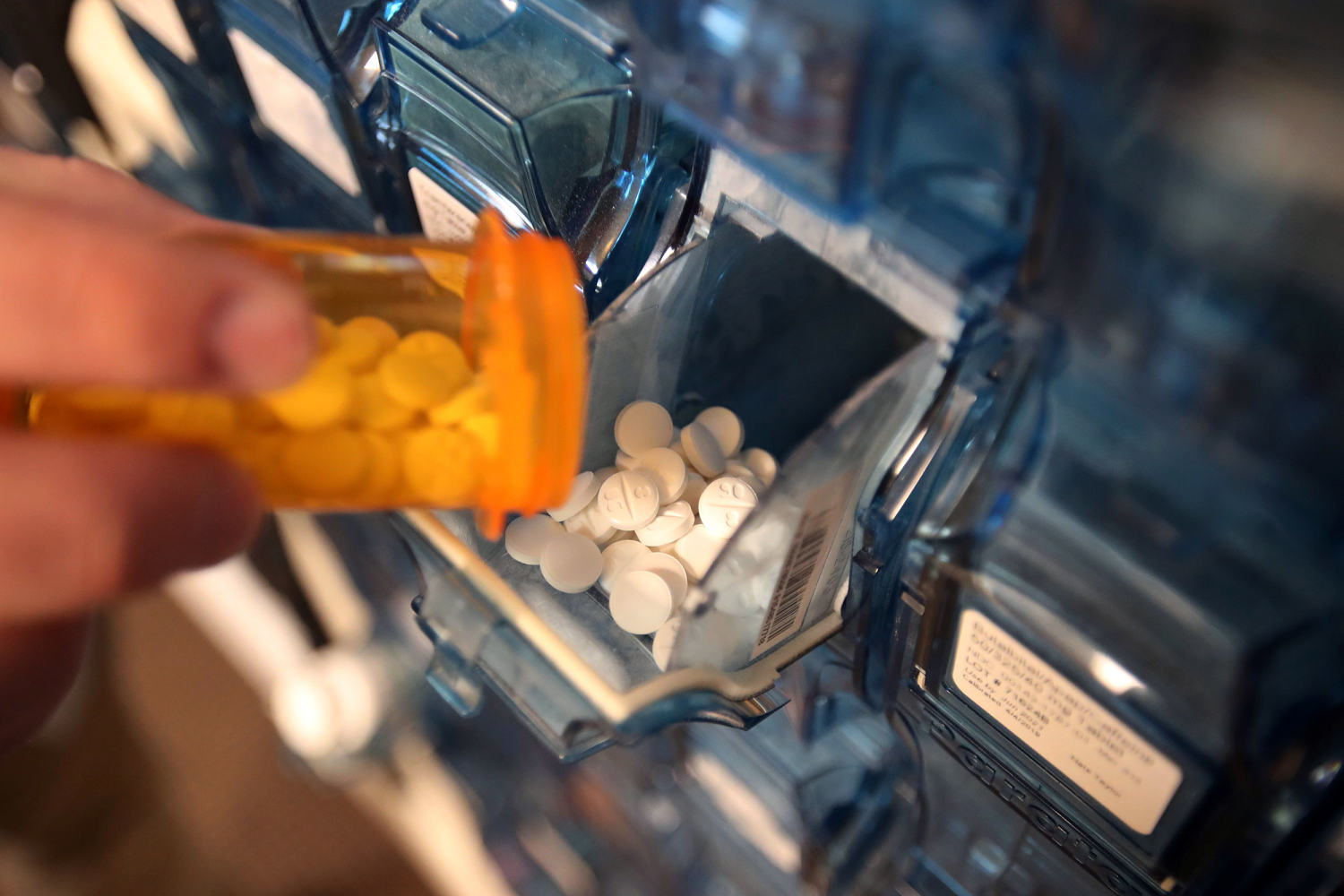The government is set to begin negotiating prices on the 10 costliest prescription drugs covered by Medicare this week, setting the stage for a fierce tug of war between U.S. officials and drugmakers as the Biden administration attempts to lower soaring prescription drug costs for older adults.
Medicare provides health insurance coverage to more than 65 million people in the U.S., according to the Centers for Medicare and Medicaid Services, or CMS.
The negotiations, as mandated by the Inflation Reduction Act, are slated to run through Aug. 1 before final prices are announced on Sept. 1. It’s uncharted territory for Medicare, which has never before been able to directly haggle with drugmakers over prices.
“I expect negotiations to be intense,” said Lawrence Gostin, director of the O’Neill Institute for National and Global Health Law at Georgetown University. “Big Pharma is likely to dig in its heels and use a variety of strategies, including fierce negotiations.”

By Thursday, the CMS is expected to send its first pricing offer to each drug company that makes the 10 selected drugs, said Juliette Cubanski, a Medicare expert with KFF, a nonpartisan group that studies health policy issues.
The 10 drugs under negotiation are:
- Eliquis, a blood thinner from Bristol Myers Squibb and Pfizer;
- Xarelto, a blood thinner from Johnson & Johnson;
- Januvia, a diabetes drug from Merck;
- Jardiance, a diabetes drug from Boehringer Ingelheim and Eli Lilly;
- Enbrel, a rheumatoid arthritis drug from Amgen;
- Imbruvica, a drug for blood cancers from AbbVie and J&J;
- Farxiga, a drug for diabetes, heart failure and chronic kidney disease from AstraZeneca;
- Entresto, a heart failure drug from Novartis;
- Stelara, a drug for psoriasis and Crohn’s disease from J&J;
- Fiasp and NovoLog, diabetes drugs from Novo Nordisk.
An analysis published in January by the Commonwealth Fund, a research group focused on health care, found that the U.S. retail prices — prices charged by pharmacists to patients or insurers before discounts or rebates — for the 10 drugs were three to eight times higher compared to other countries of similar size and wealth.
Another report from the Commonwealth Fund, published in September, found that in 2022, more than 1 in 7 older adults with Medicare said that they didn’t fill a prescription because of the high cost of drugs.
The negotiations will begin in earnest Thursday morning, when Medicare presents its opening price offer for the drugs. Both sides will have the opportunity to go back-and-forth, making counter offers over several months before they agree on a final price, Cubanski said.
The new prices will go into effect in 2026.
A spokesperson for the Department of Health and Human Services said the Biden administration will disclose only the final negotiated prices, not the opening bids.
Julie Masow, a spokesperson for Novartis, told NBC News in a statement that the drugmaker does not plan to make the government’s initial pitch public.
Allison Schneider, a spokesperson for Novo Nordisk, said the company “intends to evaluate CMS’s initial offer and will decide how to respond.”
The makers of the remaining eight drugs did not respond to requests for comment.
Price cuts
It remains unclear how steep the price cuts will be, said Stacie Dusetzina, a health policy professor at Vanderbilt University in Nashville, Tennessee. The Inflation Reduction Act established a minimum price discount of 25% for a drug that is 9 to 12 years old. For older drugs, the minimum discounts could be as high as 60%, she said.
Dusetzina said she expects that if a company is initially asked for a discount of around 25% on the price of its drug, they would likely agree to it.
“That is the best-case scenario,” she said. “There’s nowhere to go.”

While at the lower end, 25% “would actually be a pretty big discount,” she added.
Imbruvica, a blood cancer drug, for example, cost the federal government about $2.9 billion in 2020 alone. A 25% discount would provide the government savings of around $560 million, according to an analysis published in the Journal of Managed Care & Specialty Pharmacy.
Those savings are expected to trickle down to older adults who are prescribed the drugs through lower out-of-pocket costs at the pharmacy counter, said Gretchen Jacobson, vice president of the Medicare program at the Commonwealth Fund.
People on Medicare could also see lower monthly premiums, Cubanski said.
Adults on Medicare will likely see more savings in the next several years. In 2027, negotiated prices will go into effect for 15 more drugs, followed by another 15 drugs in 2028 and 20 more in each subsequent year.
Ongoing lawsuits
Of course, none of this will happen if the drugmakers are successful in their lawsuits seeking to dismantle the Inflation Reduction Act, Gostin said.
In June, Merck announced a lawsuit against the federal government over the negotiation provision. Other drugmakers, including Johnson & Johnson and AstraZeneca, have since filed similar suits. On Wednesday, a district court in Delaware is scheduled to hear oral arguments in the AstraZeneca case.
“I see a rough ride for the Biden administration,” Gostin said.
In a statement, Alex Schriver, a spokesperson for the Pharmaceutical Research and Manufacturers of America, or PhRMA, a group that represents the drug industry, said the negotiations are not in the best interests of patients.
“Government bureaucrats are operating behind closed doors to set medicine prices without disclosing for months how they arrived at the price or how much patient and provider input was used,” Schriver said. “This lack of transparency and unchecked authority will have lasting consequences for patients long after this administration is gone.”
Source: | This article originally belongs to Nbcnews.com










